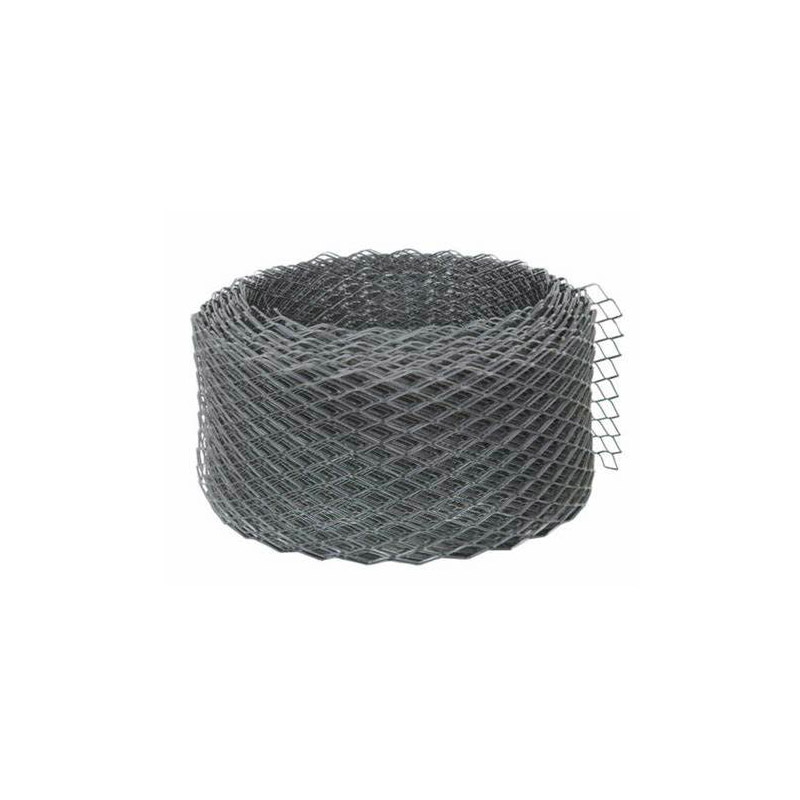
- Mobile Phone
- +8613931874955
- sales@cntcmetal.com
Selecting the Right Tomato Cage Sizes for Your Garden Needs
Understanding Tomato Cage Sizes A Comprehensive Guide
Tomatoes are among the most popular vegetables grown in home gardens, and their successful cultivation often hinges on proper support systems. One such support method is the use of tomato cages, which help keep the plants upright, promote air circulation, and enhance sunlight exposure. However, choosing the right tomato cage size is crucial for optimum growth. In this article, we will explore the various sizes of tomato cages, their benefits, and how to select the best one for your gardening needs.
Types of Tomato Cages
Tomato cages come in various sizes and materials, each designed to accommodate different types of tomato plants. Generally, they fall into three main categories small, medium, and large cages.
1. Small Cages (30-36 inches in height) Small cages are suitable for determinate tomato varieties, which typically grow to a fixed height of around 2-3 feet. These cages provide essential support for compact plants that bear fruit all at once. Common examples of determinate tomatoes include varieties like 'Celebrity' and 'Roma'. The smaller cage allows these plants to receive adequate sun and air without overwhelming them.
2. Medium Cages (42-48 inches in height) Medium cages are versatile and can be used for both determinate and some indeterminate tomato varieties. Indeterminate types, like 'Beefsteak' and 'Cherry,' usually continue to grow throughout the season and may reach heights of 5-6 feet or more. The medium-sized cage gives these plants enough support while enabling ample space for growth and fruit production.
3. Large Cages (54-72 inches in height) Large cages are ideal for vigorous indeterminate tomato varieties that can grow tall and wide. These cages often offer a more extensive base and stronger support, making them perfect for heavy-laden branches that require extra stability. Many gardeners opt for cages of this size for varieties such as 'Brandywine' and 'San Marzano,' as they tend to produce larger yields.
Materials and Design
When selecting tomato cages, it's also essential to consider the material and design. Tomato cages generally come in three primary materials metal, plastic, and wood.
tomato cage sizes

- Metal Cages These are the most durable and can withstand severe weather conditions. They often consist of sturdy wire and are preferred by many gardeners for their strength. However, they can be more expensive than other options. - Plastic Cages While lightweight and inexpensive, plastic cages may not offer the same level of support as metal cages. They can be a good option for smaller determinate varieties, but they are less durable over time. - Wood Cages Wooden cages can bring a rustic appeal to your garden and are often customizable. However, they are less commonly used due to their weight and the potential for rot.
Choosing the Right Cage Size
Selecting the right tomato cage size is crucial for the health and productivity of your plants. Here are some factors to consider
- Type of Tomato Determine whether you are planting determinate or indeterminate varieties. This will guide your choice in the height and sturdiness required. - Growth Space Consider the available space in your garden. Tightly spaced plants may benefit from smaller cages, while wider plots can accommodate larger structures.
- Local Climate In windy or rainy areas, a more robust cage may be necessary to support the plants during extreme weather events.
- Personal Preference Ultimately, the choice of tomato cage may come down to personal preference. Experimenting with different sizes may help you identify what works best in your garden.
Conclusion
The right tomato cage can make a significant difference in your gardening experience, offering stability and support as your tomatoes grow. By understanding the available sizes and materials, you can make an informed decision that leads to a bountiful harvest. Happy gardening!
share:
-
Why Sacrificial Formwork Is Redefining Underground ConstructionNewsJun.06,2025
-
The Structural Dynamics of Modern Concrete: How Snake Spacers Revolutionize Flexible ReinforcementNewsJun.06,2025
-
Snake Spacers Smart-Lock Concrete Reinforcement with Surgical PrecisionNewsJun.06,2025
-
Snake Spacers: Reinforcement Precision for Modern Concrete ProjectsNewsJun.06,2025
-
Snake Spacers Powering Concrete's Structural DNANewsJun.06,2025
-
Slither into Success: Snake Spacers' Precision Bite for Unbreakable ReinforcementNewsJun.06,2025
-
Sacrificial Formwork: Building Stronger, Faster, and Safer StructuresNewsJun.06,2025



















